Health Topics
Normal Function
The GLB1 gene provides instructions for producing two different proteins. The primary protein produced from the GLB1 gene is an enzyme called beta-galactosidase (β-galactosidase). This enzyme is located in lysosomes, which are compartments within cells that break down and recycle different types of molecules. β-galactosidase helps break down certain substances, including GM1 ganglioside and keratan sulfate. GM1 ganglioside is important for normal functioning of nerve cells (neurons) in the brain. Keratan sulfate is particularly abundant in cartilage and the clear covering of the eye (cornea). Keratan sulfate belongs to a group of large sugar molecules called glycosaminoglycans or mucopolysaccharides.
The GLB1 gene also provides instructions for making the elastin-binding protein. This protein is smaller than β-galactosidase and is found on the surface of cells rather than in lysosomes. Elastin-binding protein interacts with other proteins called cathepsin A and neuraminidase 1. This group of proteins forms the elastin receptor complex. This complex plays a role in building elastic fibers, which are a component of the connective tissue that forms the body's supportive framework.
Health Conditions Related to Genetic Changes
GM1 gangliosidosis
Many variants (also called mutations) in the GLB1 gene have been found to cause GM1 gangliosidosis. The signs and symptoms of this condition primarily result from the loss of neurons in the brain and spinal cord over time. Most variants change single DNA building blocks (nucleotides) in the GLB1 gene. These variants often affect the production of both β-galactosidase and elastin-binding protein.
The GLB1 gene variants that cause GM1 gangliosidosis produce versions of β-galactosidase that are not as effective at breaking down GM1 ganglioside and keratan sulfate as the normal version of the enzyme. As a result, these substances build up to toxic levels in many tissues and organs. In the brain, damage caused by the buildup of GM1 ganglioside leads to the loss of neurons, which causes intellectual disability, movement problems, and many of the signs and symptoms of GM1 gangliosidosis.
It is not clear how changes in the elastin-binding protein affect the development of GM1 gangliosidosis. The altered protein may cause the weakened heart muscle (cardiomyopathy) found in some people with GM1 gangliosidosis.
More About This Health ConditionMucopolysaccharidosis type IV
Variants in the GLB1 gene have been found to cause mucopolysaccharidosis type IV (MPS IV). This is a progressive condition that mainly affects the skeleton. Most of the variants that cause MPS IV change single nucleotides in the GLB1 gene. All of the variants that cause MPS IV disrupt the breakdown of keratan sulfate by β-galactosidase. The breakdown of GM1 ganglioside is not affected by these variants.
Because keratan sulfate is predominantly found in cartilage and the cornea, the buildup of this substance causes skeletal abnormalities and cloudy corneas. Researchers believe that a buildup of glycosaminoglycans may also cause the features of MPS IV by interfering with the functions of other proteins inside lysosomes and disrupting the movement of molecules inside the cell.
More About This Health ConditionOther Names for This Gene
- BGAL_HUMAN
- EBP
- elastin receptor 1, 67kDa
- ELNR1
Additional Information & Resources
Tests Listed in the Genetic Testing Registry
Scientific Articles on PubMed
Catalog of Genes and Diseases from OMIM
References
- Duca L, Blanchevoye C, Cantarelli B, Ghoneim C, Dedieu S, Delacoux F, Hornebeck W, Hinek A, Martiny L, Debelle L. The elastin receptor complex transduces signals through the catalytic activity of its Neu-1 subunit. J Biol Chem. 2007 Apr 27;282(17):12484-91. doi: 10.1074/jbc.M609505200. Epub 2007 Feb 27. Citation on PubMed
- Hofer D, Paul K, Fantur K, Beck M, Burger F, Caillaud C, Fumic K, Ledvinova J, Lugowska A, Michelakakis H, Radeva B, Ramaswami U, Plecko B, Paschke E. GM1 gangliosidosis and Morquio B disease: expression analysis of missense mutations affecting the catalytic site of acid beta-galactosidase. Hum Mutat. 2009 Aug;30(8):1214-21. doi: 10.1002/humu.21031. Citation on PubMed
- Hofer D, Paul K, Fantur K, Beck M, Roubergue A, Vellodi A, Poorthuis BJ, Michelakakis H, Plecko B, Paschke E. Phenotype determining alleles in GM1 gangliosidosis patients bearing novel GLB1 mutations. Clin Genet. 2010 Sep;78(3):236-46. doi: 10.1111/j.1399-0004.2010.01379.x. Epub 2010 Feb 11. Citation on PubMed
- Nicoli ER, Annunziata I, d'Azzo A, Platt FM, Tifft CJ, Stepien KM. GM1 Gangliosidosis-A Mini-Review. Front Genet. 2021 Sep 3;12:734878. doi: 10.3389/fgene.2021.734878. eCollection 2021. Citation on PubMed
- Santamaria R, Chabas A, Callahan JW, Grinberg D, Vilageliu L. Expression and characterization of 14 GLB1 mutant alleles found in GM1-gangliosidosis and Morquio B patients. J Lipid Res. 2007 Oct;48(10):2275-82. doi: 10.1194/jlr.M700308-JLR200. Epub 2007 Jul 30. Citation on PubMed
- Tebani A, Sudrie-Arnaud B, Dabaj I, Torre S, Domitille L, Snanoudj S, Heron B, Levade T, Caillaud C, Vergnaud S, Saugier-Veber P, Coutant S, Dranguet H, Froissart R, Al Khouri M, Alembik Y, Baruteau J, Arnoux JB, Brassier A, Brehin AC, Busa T, Cano A, Chabrol B, Coubes C, Desguerre I, Doco-Fenzy M, Drenou B, Elcioglu NH, Elsayed S, Fouilhoux A, Poirsier C, Goldenberg A, Jouvencel P, Kuster A, Labarthe F, Lazaro L, Pichard S, Rivera S, Roche S, Roggerone S, Roubertie A, Sigaudy S, Spodenkiewicz M, Tardieu M, Vanhulle C, Marret S, Bekri S. Disentangling molecular and clinical stratification patterns in beta-galactosidase deficiency. J Med Genet. 2022 Apr;59(4):377-384. doi: 10.1136/jmedgenet-2020-107510. Epub 2021 Mar 18. Citation on PubMed
The information on this site should not be used as a substitute for professional medical care or advice. Contact a health care provider if you have questions about your health.



